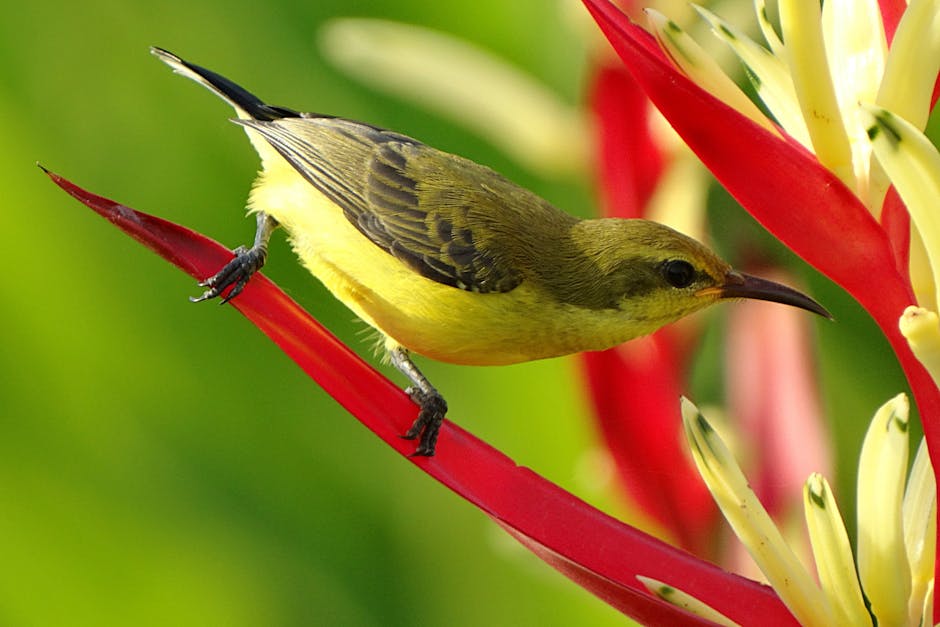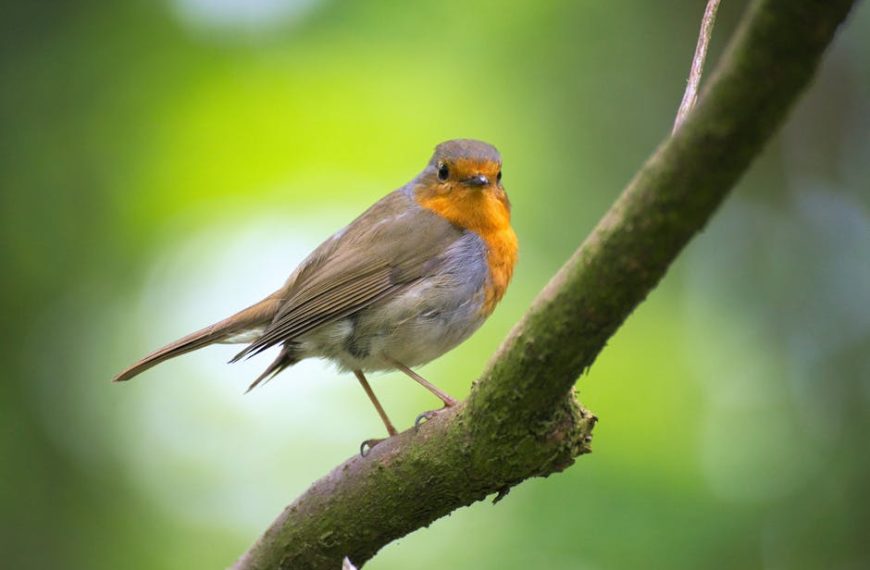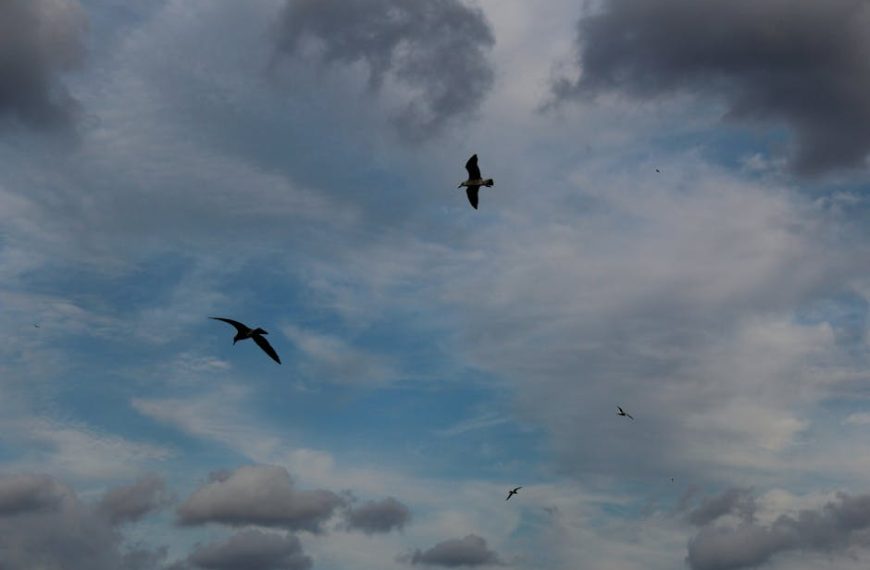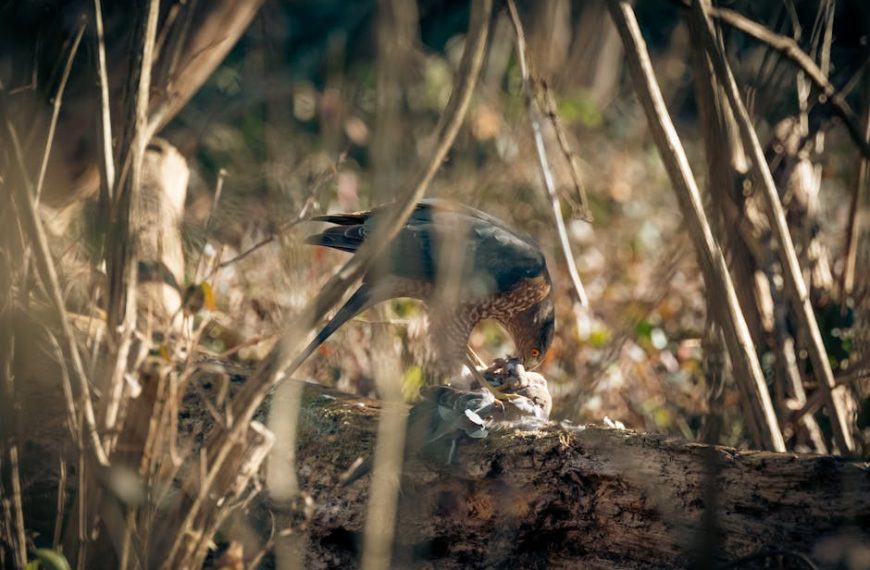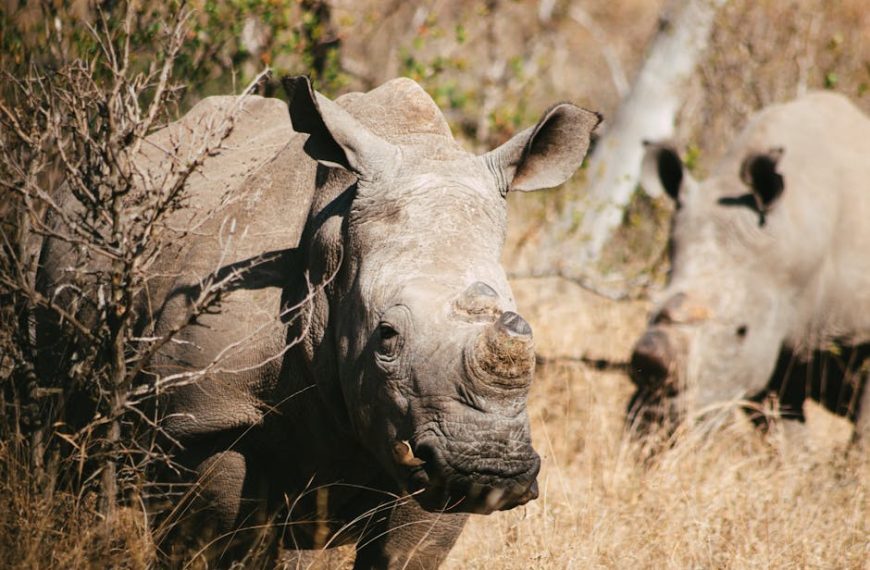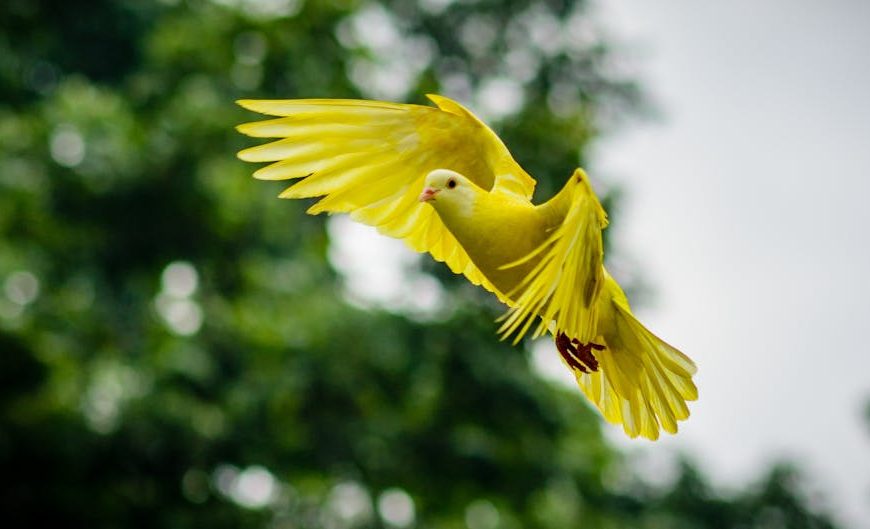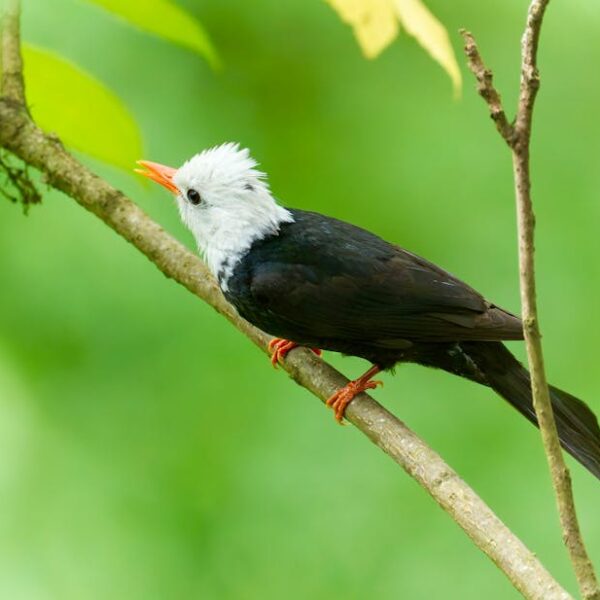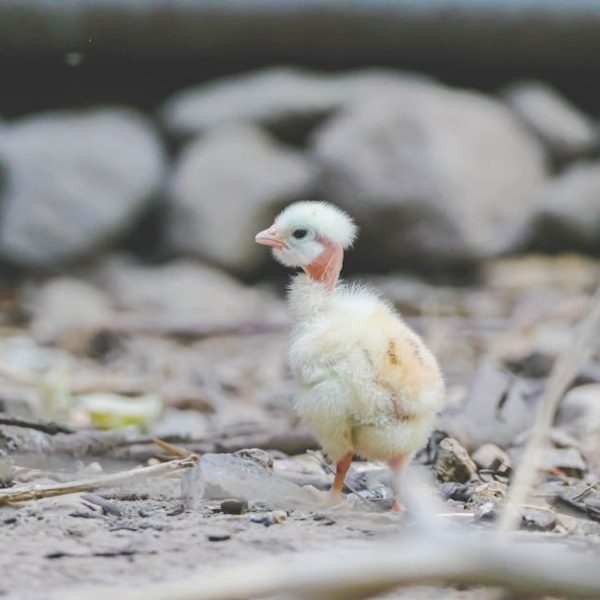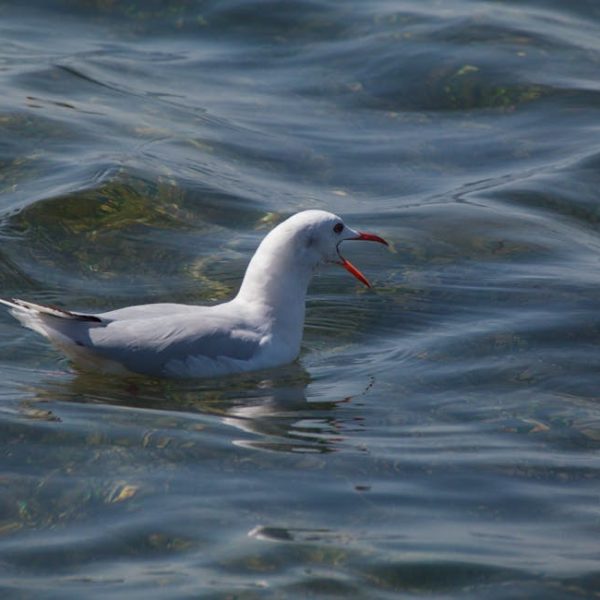Chirping, twittering, and faint rustling in the tree canopy signify a great orchestration of nature each year. Almost 40% of the world’s bird species take an epic journey from their breeding habitats in the Northern Hemisphere to warmer regions in the South. These avian travelers braving the elements in search of milder winters and abundant food include a diverse array of species from warblers to waterfowls.
Understanding Bird Migration
Bird migration is a well-choreographed spectacle characterized by seasonal movements often guided by climatic changes, food availability, and better breeding opportunities. Migration is an instinctive behavior in birds, often determined by their genetic makeup, driven by survival instincts.
List: Reasons why birds migrate south for winter
- To escape bitter cold temperatures, which are fatal for many bird species.
- To find ample food, the supply of which dwindles in the north during winters.
- To secure ideal breeding grounds in safer, resource-filled environments.
Pro tip: Paying close attention to changes in the number and types of birds in your region can signal the beginning of bird migration. A surge in bird calls and sudden avian gatherings are other tell-tale signs.
The Route: Flyways
Birds travel along specific routes, known as flyways, during their migration to the South. These are established paths often along coastlines, mountain ranges, or even aligning with the wind corridors and food availability.
Map: A global bird migration map offers a spectacular view of avian superhighways connecting different continents, countries, and regions, with routes cutting across the Atlantic, Pacific, Central America, and the Caribbean.
Pro tip: Bird watching during the migration season can be enhanced by understanding the flyways in your local area. Keep an eye out for bird species clustering around bodies of water or open landscapes, which typically serve as resting points along these flyways.
Bird Species that Migrate South for Winter
The seasonal exodus encompasses a wide range of bird species, each presenting unique migration patterns. Flycatchers, swallows, and warblers are long-distance migrants, traveling from North America to Central and South America. Sparrows, some raptors, and waterfowls usually embark on shorter routes.
List: Bird species migrating South for winter often include:
- Swainson’s Thrush
- Northern Pintail
- Western Tanager
- Peregrine Falcon
- Shorebirds like Sandpipers and Plovers
Comparison: An exploration into migration patterns of different bird species is akin to delving into fascinating avian biographies. For instance, while Swainson’s thrushes travel over 3000 miles non-stop, pintails break their journey into several short segments.
Challenges Faced during Migration
Migratory birds face a grueling journey, encountering threats that can have a significant impact on their survival. These range from natural hurdles like storms and predators to human-induced perils such as habitat loss and window collisions.
List: Challenges faced by birds during migration
- Harsh weather conditions and unpredictable climate changes.
- Hunting, both legal and illegal, in certain parts of the world.
- Scarcity of stopover sites due to habitat loss.
- Light pollution that can disorient birds and lead them off track.
- Collisions with man-made structures like buildings and wind turbines.
Pro tip: You can contribute to making migration safer for birds by making small changes at home. Use bird-friendly glass, turn off lights during peak migration times, and keep pets indoors at night.
Conservation of Migratory Birds
Migratory birds play a critical role in maintaining biodiversity and keeping ecosystems in balance. Protecting them and their habitats through concerted conservation efforts is crucial to preserving our rich natural heritage.
Checklist: Steps individuals can take in their own community to assist in bird conservation
- Plant native trees and shrubs that provide food and shelter for birds.
- Create a bird-friendly backyard with feeders, birdbaths, and nest boxes.
- Participate in citizen science projects that track bird populations and migration.
- Support policies and organizations dedicated to protecting bird habitats.
Best practices: Examples of successful bird conservation initiatives include the Migratory Bird Treaty Act in the United States, which protects migratory birds and their nests from hunting and selling; and BirdLife International’s global partnership working to conserve birds, their habitats, and global biodiversity.
The marvel of bird migration is a testament to nature’s adaptive resilience against the odds. So, as they beautifully enrich our lives and ecosystems, let’s be conscious stewards, ensuring these winged wonders continue gracing our skies for generations to come.
Key Takeaway:
- Bird migration is driven by survival instincts and a search for warmer climates, more abundant food supplies and better breeding opportunities.
- Birds typically follow established flyways, which align with geographical features, wind corridors, and food availability.
- Various bird species, from warblers to waterfowls, engage in this seasonal journey.
- Despite the instinctive nature of bird migration, these creatures face innumerable challenges, such as harsh weather conditions, hunting, shortage of stopover locations, to name a few.
- Our coordinated conservation efforts can immensely aid in mitigating some of these challenges and protect these marvelous creatures and their habitats.
As we ponder over the extraordinary phenomenon of bird migration, it’s crucial to remember how we can help these creatures complete their arduous journeys. From making our homes bird-friendly to advocating bird conservation policies, every effort counts. Remember, our commitment can facilitate the safe passage of these feathered wayfarers, enabling them to adorn our skies and fill our world with melodious chirps!
FAQs
Q: How can I identify different bird species that migrate?
A: Paying close attention to bird calls and markings can help identify different species. You can also use bird identification guidebooks or apps for more accurate identification.
Q: Why do birds follow particular routes during migration?
A: Birds stick to certain migration paths due to a combination of geographical features, wind patterns, and food availability along these routes.
Q: Do all birds migrate?
A: No, not all bird species migrate. Many species have the ability to survive in their habitats throughout the year.
Q: How do birds know when to start their migration?
A: Birds have an internal biological clock guided by the changes in daylight that trigger their migration instincts.
Q: What happens to birds who fail to migrate?
A: Birds who fail to migrate may have reduced survival rates due to the harsh winter conditions and scarcity of food in their original habitat.
Don’t forget to share this article with bird-loving friends and family. Keep exploring our website for more exciting insights about our feathered friends!
